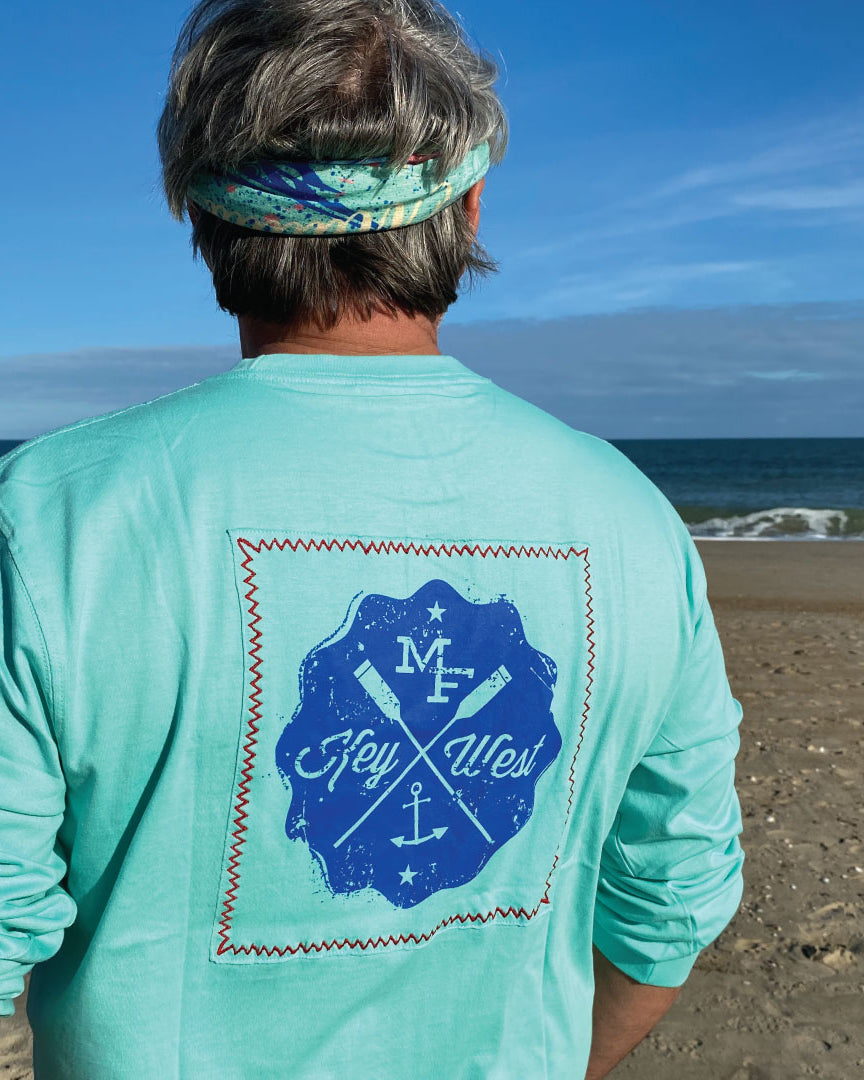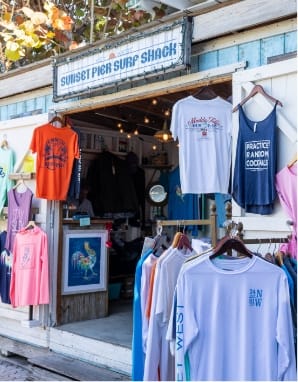One of the sights that locals and tourists love to look at throughout Florida and the Keys are its palm trees. Some are imposing and magnificent in their size and beauty. Others live closer to the ground but still have a look that makes them so attractive to the eye. Let’s take a look at the palm itself and the conundrum that surrounds it to this day.

The Palm Tree
There are well over 2,600 species of palm trees in the world today. But here is a quick question for you... How many species of palm tree are native to Florida? Answer to be provided shortly, but take a guess before you peek down.
As many of you may or may not know, the official state tree of Florida is the Sabal Palm, also referred to as the Cabbage Palm (photo below). It became the official tree of Florida in 1953, and in 1970 the state legislature mandated that the Sabal Palm replace the Cocoa Palm on the state seal. It is interesting that the Sabal Palm was named the state tree of South Carolina in 1939. South Carolina refers to the tree as the Sabal Palmetto, but that is just another name used for the Sabal Palm.
Have you thought about the question we asked earlier…….. the number of palm trees that are native to Florida? Alright we know the suspense is killing you. There are only twelve palms that are native to Florida out of the over 2,600 species. There are far more palms that have been imported from places like Central and South America, but only 12 are native. To help you show off your newly gained knowledge, here is the list of the native Florida palms:
Needle Palm, Saw Palmetto, Dwarf Palmetto, Cabbage or Sabal Palm,
Scrub Palmetto, Miami Palm, Silver Palm, Buccaneer Palm,
Key Thatch Palm, Florida Thatch Palm, Paurotis Palm, Royal Palm

The Conundrum
That as the easy part of the story, now let the confusion begin. We have gleaned this information from many sources and tried to leave out much of the ‘technical’ information and terminology. Simply stated, some botanists say, a palm is not a tree!!! WHAT????? Hang on… here is a broad botanical definition of a tree; a tree is a large woody plant with a single main stem or trunk. Sounds to us like the palm falls into that category easily.
Then we tried to get the definitive answer for what is a tree. What we found was that there doesn’t seem to be a universally agreed-upon definition for a ‘tree’. Here are a few technical reasons that are given as to why a palm, is not a considered a tree in some circles, and actually is considered a grass!
- Unlike trees, palms have no bark or woody tissue. The trunk of a palm tree is made up of spongy materials that expands over time making the ‘trunk’ grow wider. (Being spongy helps the palm survive strong winds, rarely breaking, even in hurricanes).
- A regular ‘tree’ has a secondary growth phase, where functioning tissues are replaced with younger cells. You and I recognize this process by the rings that we see on a tree trunk. But palm trees do not undergo this process of cell replacement and does not have rings. A palm tree’s individual cells live for the plant’s entire lifespan, sometimes over hundreds of years!!!
- Trees have the ability to heal from disease or if it sustains an injury. Palms lack this ability to heal and if the injury to the palm is severe enough, the palm will die.
There are other reasons why palms are not considered by some to be a tree, but realistically we are not the authoritative source on the subject and can’t supply the definitive answer. Sure, we can arm-wrestle, thumb-wrestle, play rock-paper-scissors, but that would not provide a reliable accurate answer either. So, is the palm grass? A tree? A flower? An alien species? Our ‘conclusion’, we don’t know. But what we do know is, no matter the classification, palms are majestic, colorful, and look fantastic in pictures!!!!




















